Testing Cloudflare R2 for Video Storage
We'll discuss a new ongoing test we'll be running with our video storage & delivery.
In this series, we'll add a API, using Opaque Access Tokens for authentication, to a preexisting web application. We'll implement dual-guard authentication, add a token management panel, and authenticate our API directly with an organization model!
In this lesson, we'll add the ability to search lessons by their publish date and time. We'll utilize before and after properties to allow for filtering that can look forward, backward, or within a specific date range on our lesson's publish at column.
In this lesson, we'll take the filters we've created thus far and apply them to a new lessons search endpoint. We'll be able to search our lessons by name, status, access level, and module.
In this lesson, we'll make our search course filters optional to increase the reusability of our action. We'll then switch our courses index route handler to use this action.
In this series, we'll highlight various features and functionalities in AdonisJS you can complete in about 30 minutes or less.
In this lesson, we'll learn how we can use AdonisJS Ally to add social authentication to our applications. We'll use Google for our demonstration, but this same process also applies to GitHub, Facebook, Discord, LinkedIn, Twitter, & more
In this lesson, we'll learn how to use AdonisJS' Package Starter Kit to create a simple package where we can configure and add a make:action Ace CLI command to generate action class files, similar to the make:service command.
In this lesson, we'll dive deep into three different ways we can organize our code; fat controllers, services, and actions. We'll also discuss circular dependencies, static and non-static service methods, and dependency injection.
In this series, we'll learn AdonisJS 6 step-by-step in a beginner-friendly way. Covering topics like routing, controllers, services, EdgeJS, Lucid ORM, forms, filtering, authentication, etc.
A quick thank you to all those who watched! If you have feedback, please let us know down in the comments.
In this lesson, we'll learn how we can safely delete movies and their relationships. We'll discuss how we need to consider foreign key constraints, and what to do when our deletes aren't set to cascade.
In this lesson, we'll learn how we can use what we learned in the last lesson to also sync our cast members. We'll then extract this functionality into a service and wrap it within a managed database transactions.
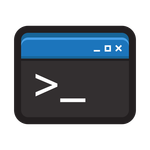



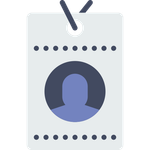





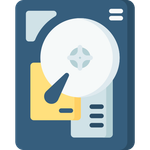


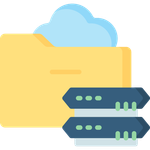





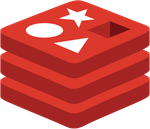







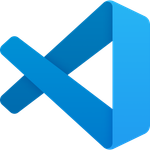

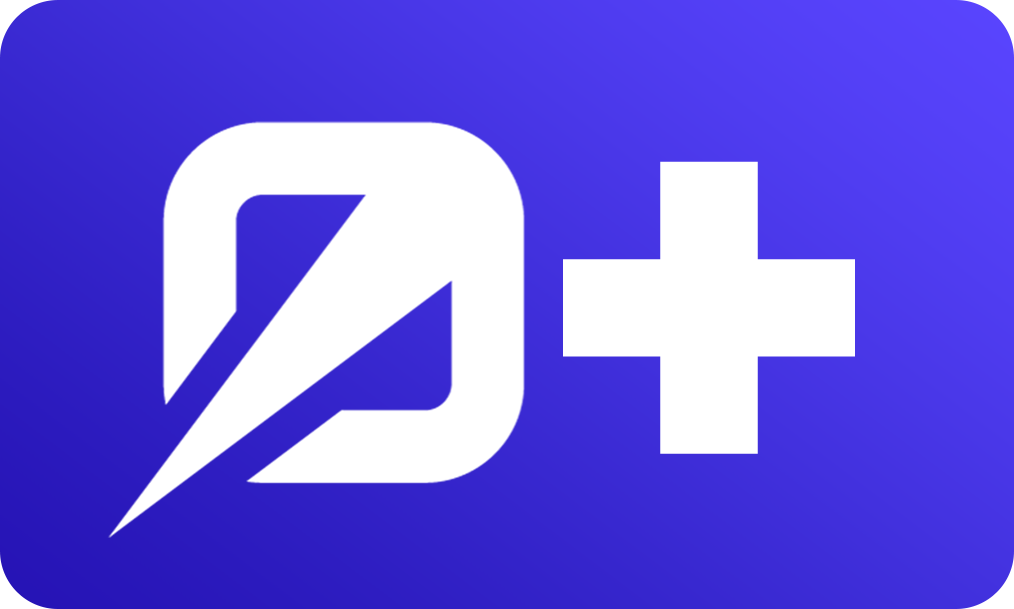
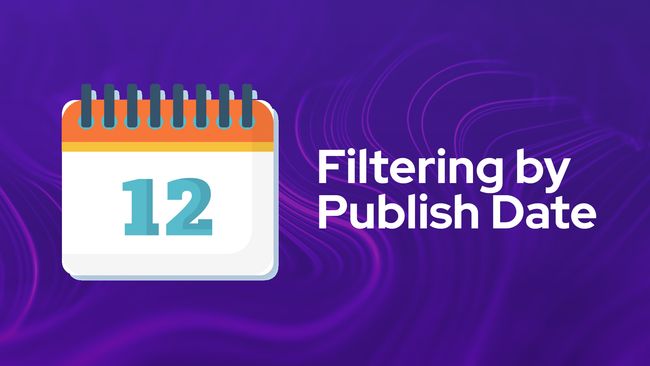
In this lesson, we'll add the ability to search lessons by their publish date and time. We'll utilize before and after properties to allow for filtering that can look forward, backward, or within a specific date range on our lesson's publish at column.

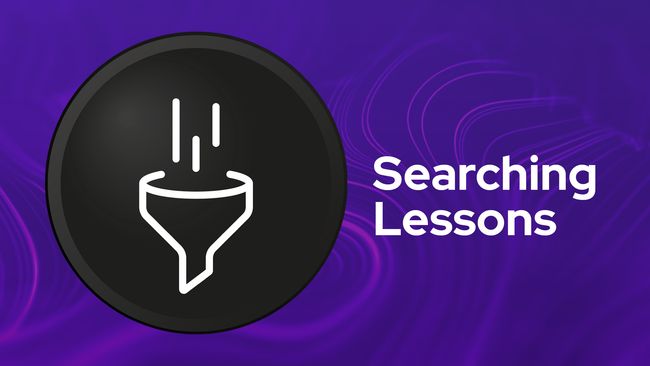
In this lesson, we'll take the filters we've created thus far and apply them to a new lessons search endpoint. We'll be able to search our lessons by name, status, access level, and module.

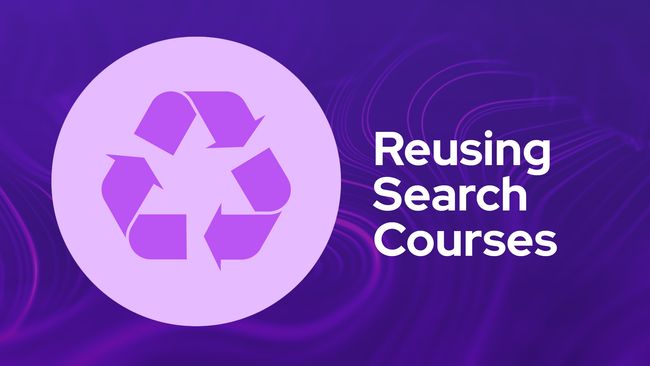
In this lesson, we'll make our search course filters optional to increase the reusability of our action. We'll then switch our courses index route handler to use this action.

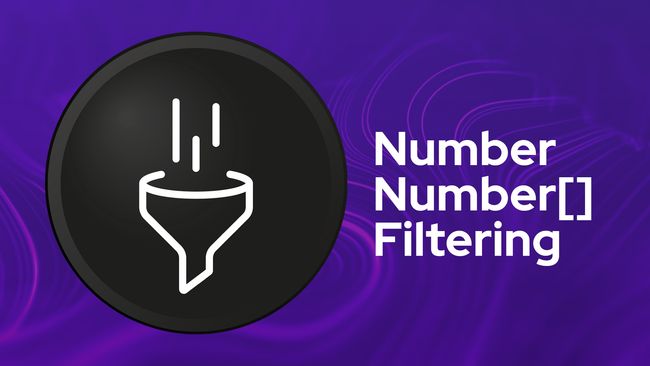
In this lesson, we'll implement our number filtering system in which we'll allow our search APIs to accept a single number or an array of numbers to filter the data by. To validate this, we'll use the union rule from VineJS.

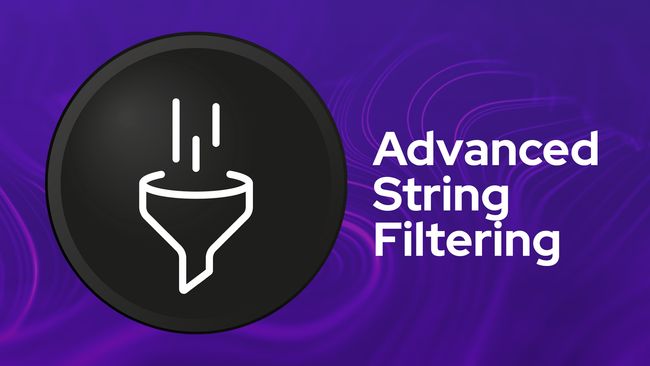
In this lesson, we upgrade our course name filter to support both simple strings and advanced object-based queries using VineJS’ union rule. This allows users to specify not just what to search for, but how to search for it.

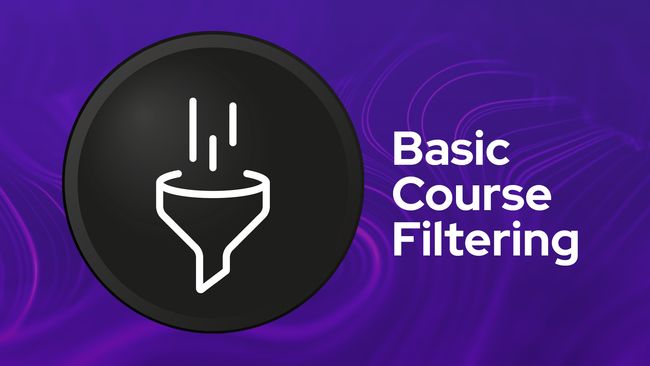
In this lesson, we'll add a new search endpoint for our courses and enable some basic filter functionality along with it. We'll be able to search by course name likeness, status, difficulty, and/or access level.

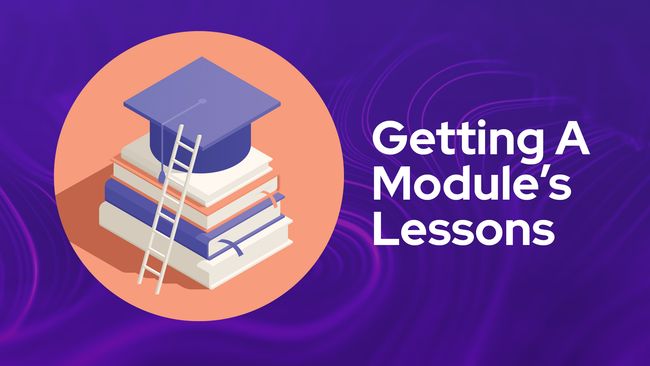
In this lesson, we'll remove our lesson's index method in favor of a module method whose purpose will be to fetch a module's specific lessons in their stored order.

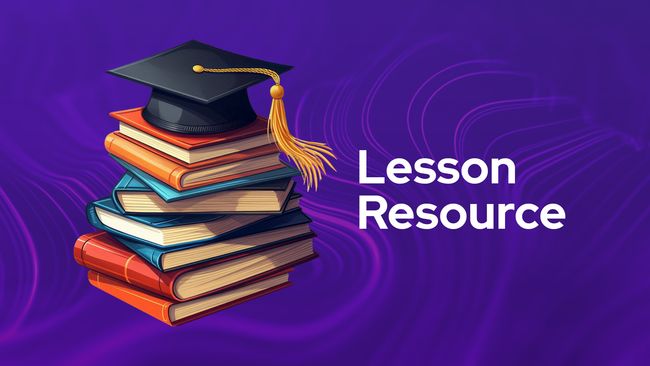
In this lesson, we'll implement most of the CRUD functionality for our lessons, including creating, updating, deleting, and patching our lesson's tags. We'll also discuss why we'll treat lessons as a top-level resource.

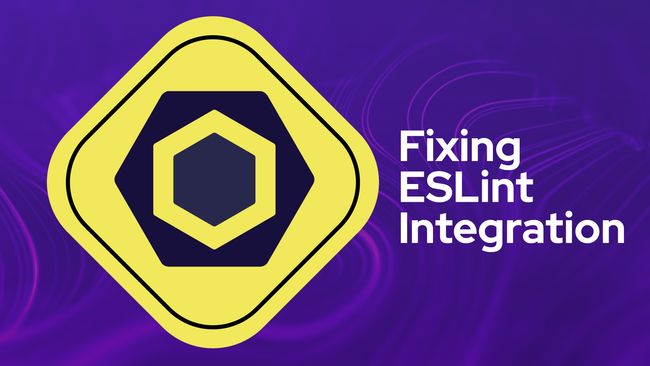
I Ran into a ReferenceError and realized our ESLint wasn't working. In this lesson, we'll take a brief aside to fix the linting within our project so it works with ESLint v9

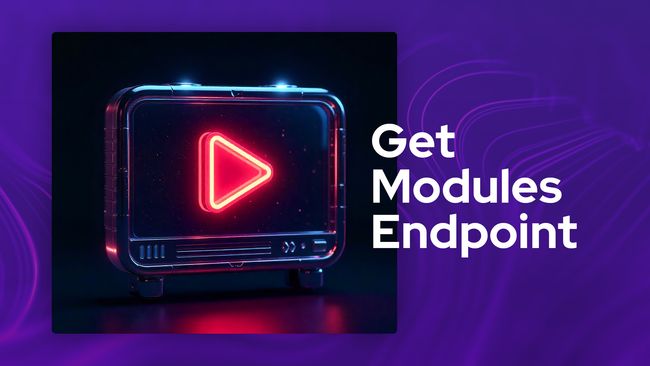
In this lesson, we'll remove our GET module route, using the except method on our resource. Then we'll refactor to add a GetModules action

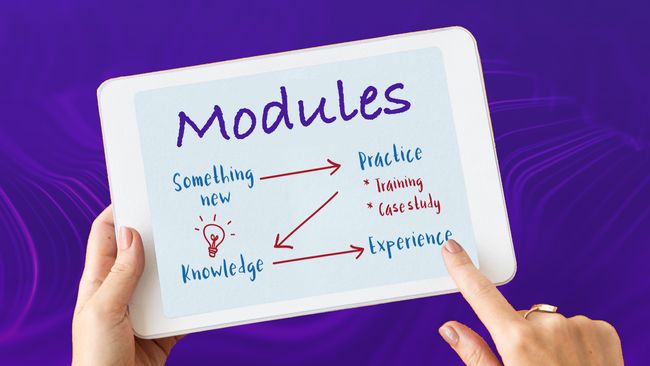
In this lesson, we'll work on nested resourceful endpoints for our course modules. We'll add endpoints to create, update, patch, and deleting modules from a specific course.

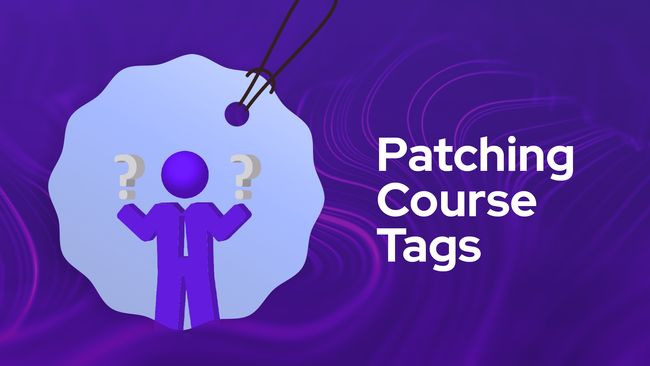
In this lesson, we'll add a specific endpoint with the ability to patch a course's difficulty, status, or access level with a new value so our users have a way to update these without needing to send the entire course payload.
We'll discuss a new ongoing test we'll be running with our video storage & delivery.
We're now rocking AdonisJS 6 with a fresh redesign to boot! We'll introduce "The Feed" and discuss a few new Adocasts Plus perks.
AdonisJS has officially been released to the public! Here's some links to resources to help get you on your way.
Ever need to directly access KnexJS, the query builder Lucid wraps around? Here's how you can do it!
Did you know you can quickly and easily disable Tailwind's hover state classes on tap devices, like phones and tablets?
With AdonisJS 6, layouts have been removed in favor of components. In this snippet, we provide a simple layout component example.


$285
/ lifetime
Hate subscriptions? Me too! Pay once, then never again with our forever plan.
Get Started